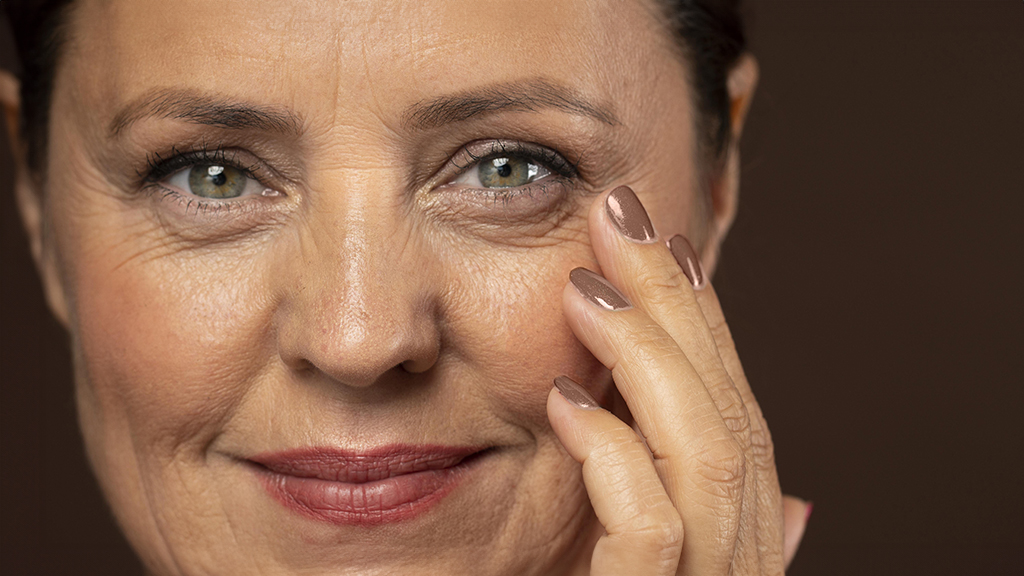Matching the other Breast
The ultimate goal for breast reconstruction is to create a breast that is symmetrical with the remaining natural breast. Hence patients having breast reconstruction after unilateral mastectomy may require surgery on the opposite breast in order to make the breasts more symmetrical and to achieve optimal cosmetic results.
Patients have the following options:
-
No surgery on the other breast
Many patients may feel having surgery on a healthy breast is unacceptable and would prefer a form of reconstruction that best matches the existing breast without any change. If your natural breasts are small and firm, breast implant reconstruction can give a good match, whereas if your breasts are large or quite droopy, one of the abdominal or buttock flap techniques will probably be required to give a good natural match.
-
Enlarge the remaining breast
If your reconstructed breast is larger than your other breast and you prefer the larger breast, the natural breast can be made bigger with an implant. Breasts containing implants are fuller and firmer, particularly in the upper half of the breast and are less affected by gravity over time. This can sometimes be combined with breast uplift to best match the reconstructed breast. For more detailed information about these procedures visit the Breast Augmentation and Breast Uplift with Implants Pages.
-
Lift the remaining breast
If your natural breast is more droopy than the reconstructed breast it can be lifted and reshaped. A breast uplift (or mastopexy) adjusts the shape and position of the breast and nipple without changing the size of the breast. Women with ‘droopy’ breasts may take the opportunity of reconstruction to undergo a breast lift on the unaffected breast, and a reconstruction to match the new shape and position. Women with small but sagging breasts may combine uplift with implants resulting in larger and firmer breasts. For more detailed information about these procedures visit the Breast Uplift and Breast Uplift with Implants Pages.
-
Reduce the remaining breast
If your natural breast is larger than the reconstructed breast it can be reduced in size and altered in shape so that the final appearance is balanced. Breast reduction (or reduction mammoplasty) can dramatically alter the size and shape of large, droopy breasts. Large breasts can cause breathing problems, pain in the back, neck and shoulders, heaviness in the breasts themselves, rashes and pain in the creases below the breasts and low self-esteem. For patients with symptoms due to breast size, reducing the remaining natural breast can not only alleviate these symptoms, but requiring a smaller volume of breast to reconstruct can widen the range of options for reconstruction. For more detailed information about this procedure, visit the Breast Reduction page.
-
Remove the remaining breast and reconstruct both breasts
In some circumstances, bilateral breast removal or mastectomy may be recommended either due to bilateral breast cancer or as a prophylactic measure in high-risk patients. From the reconstructive point of view, creating symmetrical, matching breasts can be achieved relatively easily with any reconstructive technique, however the procedure will be lengthier than reconstruction of one breast and the size of the donor site will have to be taken into consideration.
Depending on type of breast reconstruction procedure suited to you, all your options for matching the other breast will be explained for you in detail during your consultation.
For details about procedures and treatments or for a consultation, advice and prices from our Dubai clinic please call +971 4 431 2396 or use our online form.


